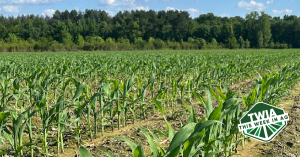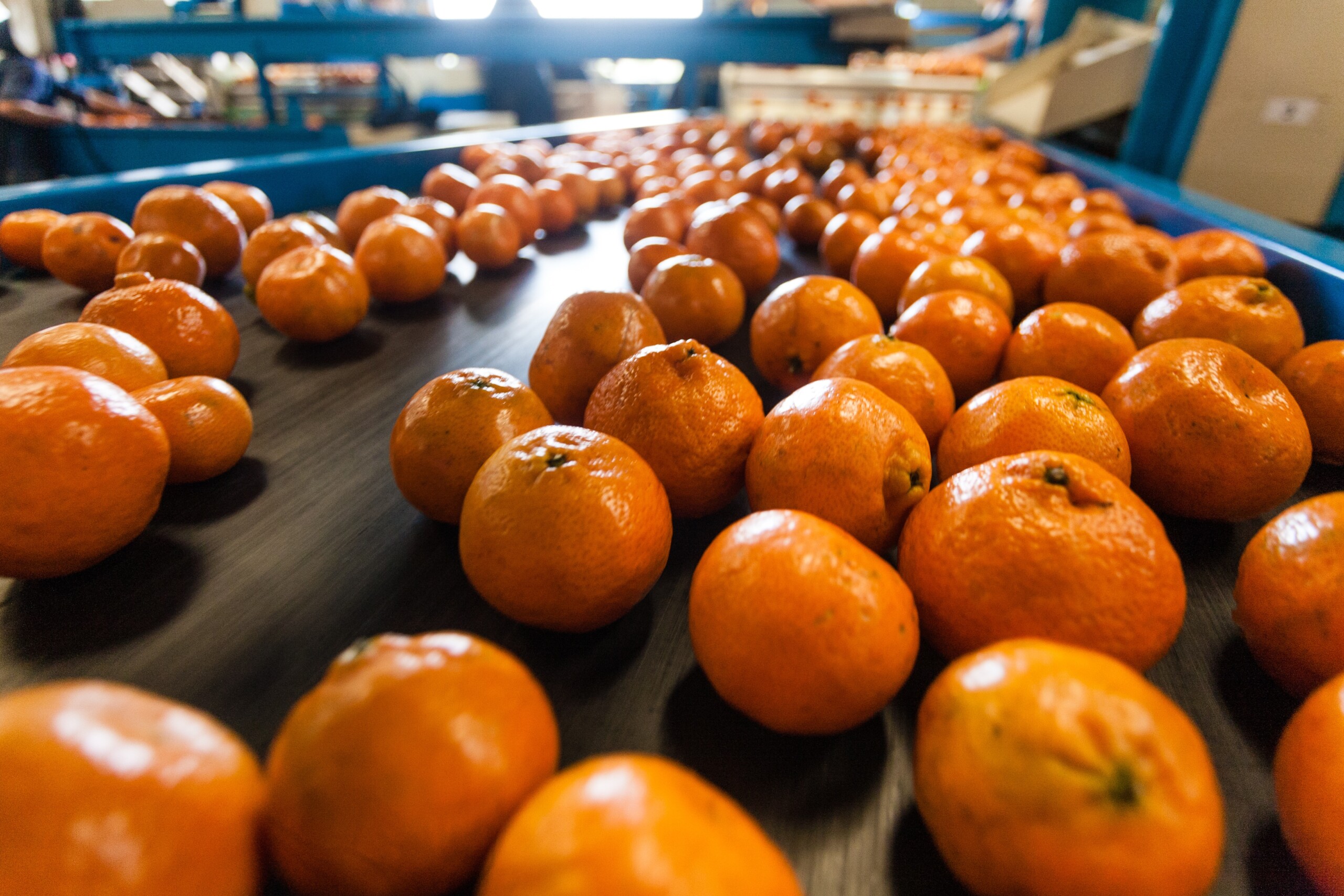A citrus plant struggled with poor settling in the clarifier of its wastewater treatment, which caused the sludge blanket to remain high. Even at a low flow rate of 1.2 million gallons per day (MGD), the high sludge blanked allowed less than 18” of free board. The slightest flow increase caused solids to carry over the weir with the effluent. Since the citrus plant frequently produced wastewater flows 1.5 to 2.5 MGD, the wastewater treatment plant continued to suffer from solids washout and clarifier effluent total suspended solids (TSS) excursions. The citrus plant wastewater treatment was a 6 million gallon per day (MGD) traditional aeration system with secondary clarification.
The Wastewater Manager’s overall objective was to obtain better settling in the secondary clarifier by improving the quality of the biological sludge. High sludge blankets and solids washouts were occurring frequently. A sludge volume index (SVI) of 200 indicated a poor quality sludge with bulking problems. All attempts to cure the bulking, including return sludge chlorination, provided little relief.
To activate the biological processes in the treatment system, Probiotics Solutions® BIO ENERGIZER® was fed directly into the influent flume at the aeration basin. Return activated sludge (RAS) chlorination was continued.
Sludge settling rates began to improve after about 30 days of treatment with BIO ENERGIZER®. A 50% improvement in SVI reduced the sludge blanket and put a stop to TSS excursions into the effluent, improving operation efficiency of the citrus plant wastewater treatment.
Probiotic Solutions® BIO ENERGIZER® is a formulation of nutrients, organic acids, natural biological stimulants, and energy systems that balance the natural microbial ecosystem to increase bio-oxidation capacity in lagoon systems.
Related Posts

This Week in Ag #80
Memories awoke recently when I added a Versatile 4WD to my toy tractor collection. It’s a relic of a by-gone era, when thick clouds of smoke bellowed across the Prairies and Plains as steel blades turned the soil. In the 1970s, high horsepower 4WD tractors were all the rage in the Midwest. And our western

This Week in Ag #40
I’ll never forget the sage words an old farmer told me when I announced my intention to start farming in the late 1990s. I explained that I was not leaving my marketing job and that I was also doing a fair amount of freelance consulting work. He told me, “It’s funny how many other jobs you need

This Week in Ag #66
When asked if he was finished with planting, dad would frequently respond by saying, “the first time.” His cynicism aside, replant decisions can be difficult. This year, too many growers are faced with that decision. If you plant when the soil is cold and wet, you’re inviting problems. But even if you plant in good soil conditions,


